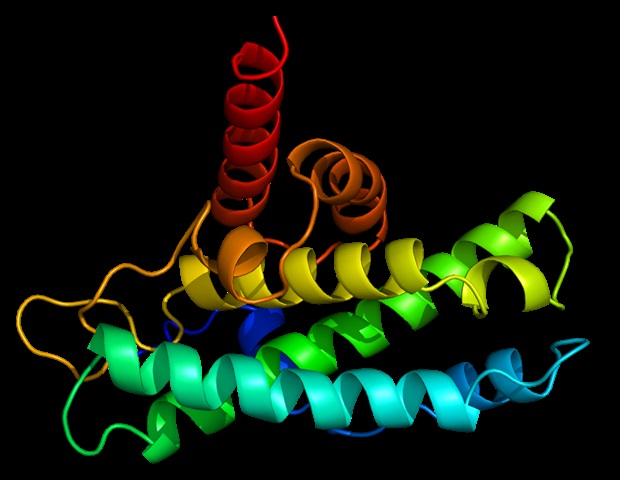The team developed a high-throughput imaging platform to assess the influence of nearly 3,500 mutations on protein location. They found that roughly one in six disease-causing mutations led to proteins ending up in the wrong location in the cell.
Technological advances in genetic sequencing have allowed researchers to identify thousands of protein mutations that cause disease. We are now able to identify these mutations in patients at the clinic, but we have no idea what their consequences are for cellular processes. This study was meant to help bridge that gap in knowledge.”
Jessica Lacoste, co-lead author on the study and postdoctoral fellow at U of T’s Donnelly Centre for Cellular and Biomolecular Research
The study was published recently in the journal Cell.
There are several ways genetic mutations can affect proteins produced in the cell. For example, they can reduce their overall stability by impairing their ability to fold, alter their interactions with other proteins or disrupt their movement to various regions of the cell. While the first two effects have been fairly well-studied, much less is known about the third. Improving our understanding of the impact of mutations on protein localization is essential to elucidating the critical role of this malfunction in a wide range of human diseases.
The research team used a powerful microscope -; as well as computational analysis to fill in gaps in their visual analysis -; to compare the cellular journeys made by mutated proteins to those made by regular proteins. Through these methods, they learned that mislocalization occurs much more frequently than previously thought.
The researchers expected that proteins were in the wrong locations because of disruptions to their interactions with other proteins or to the trafficking signals that would normally guide them to the correct location. They were surprised to learn that the major drivers of misplaced proteins were, in fact, a breakdown in protein stability and the loss of their ability to integrate into membranes.
“We’ve created the first large-scale map to visualize the impact of mutations on protein localization within the cell,” said Mikko Taipale, co-principal investigator on the study and professor of molecular genetics at the Donnelly Centre and U of T’s Temerty Faculty of Medicine. “No one else has studied the impact of pathogenic missense mutations on a scale like this, where we’ve tracked the movement of proteins to different organelles. The patterns of mislocalization we’ve observed help explain disease severity caused by certain mutations and improve our understanding of mutations that were less studied.”
While protein mislocalization is not understood to the same degree as the general loss of protein stability or altered interactions with other proteins, it occurs nearly as often. The mutation most commonly linked to cystic fibrosis causes the affected protein to end up in the endoplasmic reticulum of the cell, where it remains instead of moving to its correct location on the cell surface. Drug therapies promoting the proper trafficking of the mutant protein are currently being used in the clinic to address this issue and improve the symptoms of patients.
“We’ve made our protein mislocalization database available as a comprehensive resource that can be used by other researchers to expand our collective knowledge on the effects of genetic variation on human disease,” said Anne Carpenter, co-principal investigator on the study and senior director of the Imaging Platform at the Broad Institute. “One particularly useful application of this data would be to identify compounds that could help mutant proteins localize correctly to treat rare diseases.”
This research was supported by the Canadian Institutes of Health Research, the Cancer Prevention and Research Institute of Texas, the National Institutes of Health, the Ontario Ministry of Research and Innovation, the Susan G. Komen Foundation and the University of Toronto Connaught Fund.
Source:
Journal reference:
Lacoste, J., et al. (2024). Pervasive mislocalization of pathogenic coding variants underlying human disorders. Cell. doi.org/10.1016/j.cell.2024.09.003.
Source link : News-Medica

